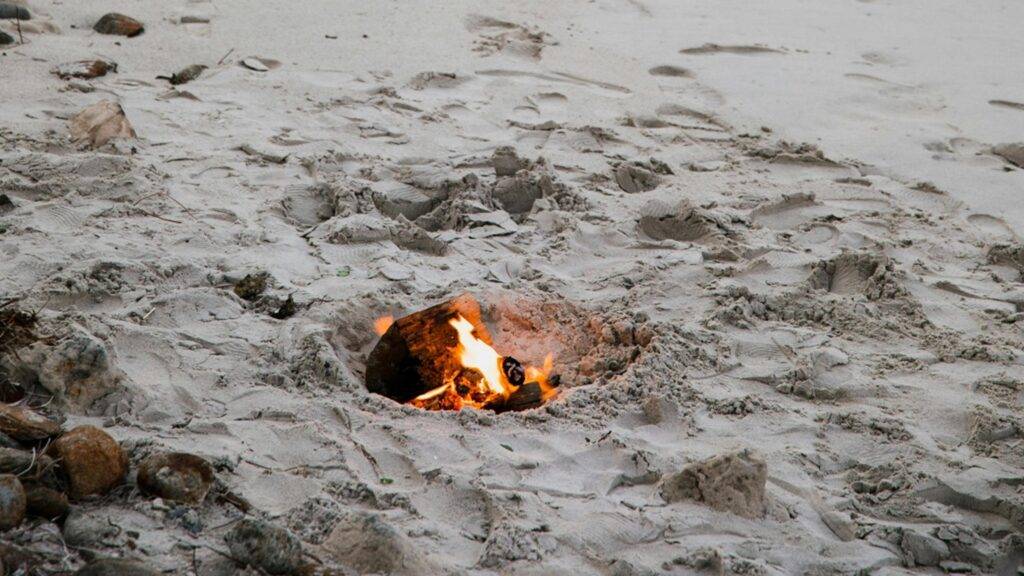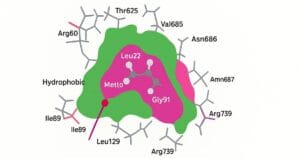
COMPETITIVE EXAM MCQs SERIES of ENVIRONMENTAL SCIENCE for UGC-NET/JRF, SLET, ARS, GATE, and other entrance tests – Sources and Management of Fly Ash.
Syllabus Outline
- Chemical and Physical Properties
- Air, water, and soil pollution due to fly ash
- Ecological consequences of fly ash disposal
- Human health risks associated with fly ash exposure
- Landfilling techniques and challenges
- Ash ponds and their environmental implications
- Long-term storage solutions and their associated risks
- Use of fly ash in concrete and cement
- Advantages of fly ash in building materials
- Standards and quality control for construction applications
- Benefits of fly ash as a soil amendment and its impact on soil properties and crop yields
- Safety and toxicity concerns in agricultural applications
- Technological Innovations in Fly Ash Management
This quiz contains the concept-based most frequently asked 25 MCQs of “Sources and Management of Fly Ash“. Each question has a single correct/most appropriate answer.
*****
1. What is the purpose of conducting ash content analysis on solid waste?
a) To assess the potential for odour generation
b) To determine the mineral content
c) To evaluate the potential for leaching of contaminants
d) To measure the organic matter content
2. Which component recovers metals from the ash?
a) Magnetic separator
b) Air classifier
c) Eddy’s current separator
d) Trommel screen
3. Which of the following is a primary byproduct of incineration that must be managed?
a) Methane
b) Fly ash
c) Compost
d) Biogas
4. Fly ash is predominantly composed of:
a) SiO₂ and Al₂O₃
b) CaCO₃
c) MgO
d) NaCl
5. Fly ash is categorized into _______ classes according to ASTM standards.
a) Five
b) Two
c) Three
d) Four
6. Fine particles that rise with flue gases during combustion in coal-fired power plants are known as:
a) Bottom ash
b) Fly ash
c) Boiler slag
d) Clinker
7. Which process is used to collect fly ash from the flue gases of coal-fired power plants?
a) Electrostatic precipitation
b) Sedimentation
c) Filtration
d) Distillation
8. Which of the following types of fly ash is rich in calcium oxide?
a) Class F
b) Class C
c) Class D
d) Class E
9. Fly ash can improve the thermal insulation properties of building materials. This is due to its:
a) High density
b) Low thermal conductivity
c) High thermal conductivity
d) Low density
10. Which country is the largest fly ash producer due to its extensive coal-fired power generation?
a) United States
b) China
c) India
d) Germany
11. What property of fly ash makes it suitable for soil stabilization in road construction?
a) High moisture content
b) Pozzolanic activity
c) High organic content
d) Low specific gravity
12. Fly ash utilization in geopolymer concrete production is preferred due to:
a) Low availability
b) High carbon footprint
c) High aluminosilicate content
d) Low water demand
13. Fly ash can be used to manufacture lightweight aggregates due to its:
a) High specific gravity
b) High calcium oxide content
c) Ability to form glassy spheres
d) Low silica content
14. Which test is commonly used to determine the pozzolanic activity of fly ash?
a) Compressive strength test
b) Setting time test
c) Chapelle test
d) Blaine fineness test
15. Fly ash from which type of coal combustion tends to have higher unburned carbon content?
a) Pulverized coal combustion
b) Fluidized bed combustion
c) Cyclone furnace combustion
d) Stoker-fired combustion
16. Which factor significantly affects the chemical composition of fly ash?
a) Type of coal used
b) Temperature of flue gas
c) Age of the power plant
d) Altitude of the power plant
17. Which harmful emission can be reduced by using fly ash in cement and concrete products?
a) SO₂
b) CH₄
c) CO
d) NOₓ
18. Which of the following is a potential health risk associated with improper fly ash handling?
a) Skin irritation
b) Respiratory issues
c) Visual impairment
d) Hearing loss
19. Fly ash can be used as a raw material in the manufacturing of:
a) Fertilizers
b) Pharmaceuticals
c) Plastics
d) Ceramics
20. Which compound in fly ash is primarily responsible for its pozzolanic properties?
a) Calcium oxide
b) Silicon dioxide
c) Magnesium oxide
d) Iron oxide
21 What is the typical colour of fly ash produced from burning bituminous coal?
a) White
b) Black
c) Grey
d) Yellow
22. What is a significant disadvantage of high unburned carbon content in fly ash?
a) Reduces the compressive strength of concrete
b) Increases the setting time of concrete
c) Increases the density of concrete
d) All of the above
23. Which of the following is a pozzolanic reaction product when fly ash is used in cement?
a) Calcium silicate hydrate
b) Calcium hydroxide
c) Calcium carbonate
d) Magnesium silicate hydrate
24. The specific gravity of fly ash typically ranges between:
a) 1.0 to 1.5
b) 1.5 to 2.0
c) 2.0 to 2.5
d) 2.5 to 3.0
25. Which of the following tests can be used to assess the fineness of fly ash?
a) Sieve analysis
b) Compression test
c) Slump test
d) Tensile test
*****
Previous: Electronic Waste Management
Next: Sources and Management of Plastic Waste
References
- Pandey, V. C., Singh, N., & Singh, R. P. (2011) Environmental Challenges Associated with Fly Ash Utilization: An Indian Perspective. Environmental Monitoring and Assessment, Springer.
- Sarkar, P., & Rano, R. (2015) Fly Ash Management: Problems and Solutions. New India Publishing Agency.
- Ghosh, R. K. (2013) Fly Ash in Agriculture: Chemistry and Toxicity Issues. Journal of Scientific and Industrial Research.
- Batra, V. S. (2008) Fly Ash Classification and Utilization in India. Central Board of Irrigation and Power (India).

